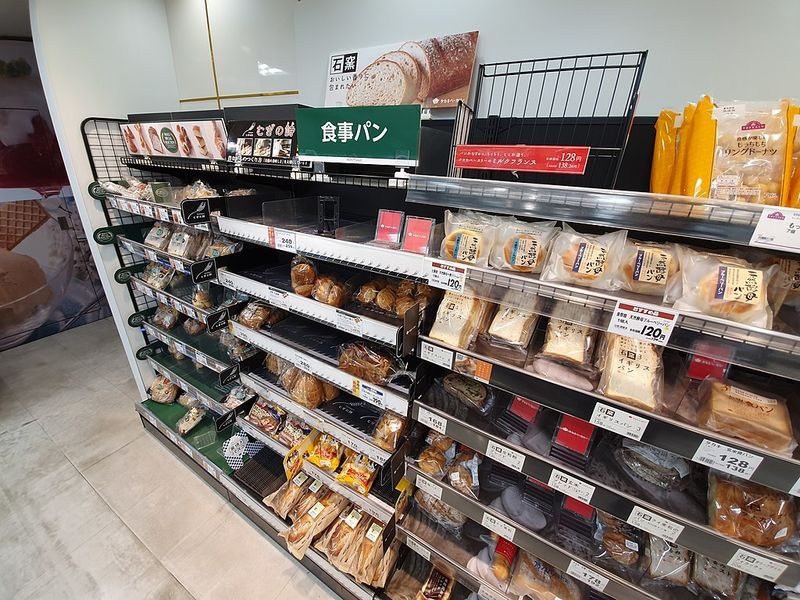Nov 6, 2023
From Whole Food to Ultraprocessed Food in Japan
What’s for lunch?
Japan has some healthful processed foods
In weeks when I’ve got some time in the evenings, I prepare a healthful dinner of fresh food, often washoku composed of rice or pasta and some okazu side dishes while simultaneously filling the next day’s bento box lunch with a bit of variation on the evening’s meal. However, I can’t manage it every weekday evening and resort to convenience store purchases to get me through the day. But am I eating good food?
Recently in the English language press, I’ve noticed more and more stories about the perils of eating ultra processed foods. A Brazilian nutritionist, Carlos Augusto Monteiro, devised a framework to describe the range of processing of foods in the 2000s called Nova and it’s been widely adopted around the world. The framework has four categories - minimally processed, processed culinary ingredients, processed food, and ultra-processed foods.
It’s the last category, with stuff that is, as he describes it, loaded with additives and ingredients that make them appealing and habit-forming. They're highly marketed and also profitable products that get you hooked and craving more.
How does conbini food stack up?
According to NPR, Japanese correspondent Yuki Noguchi deftly describes how good food is baked into the Japanese diet. She also reveals how appealing and nutritious Japanese convenience store food is - loaded with fresh ingredients and lots of vegetables. I’m in a routine of preparing three meals a day nearly every day, and often pick up lunch at the convenience store near my workplace. The food is tasty and loaded with fresh ingredients.
It’s so easy to eat well in Japan because the Japanese public is accustomed to good, clean food, Noguchi says. She explains that the credit goes to training that children receive as part of the made-from-scratch lunches in schools. As a teacher with experience in Japan’s public schools, I came to appreciate the high quality, nutrition, and variety in school lunches. The experience introduced me to dishes I added to my home cooking repertoire. An extension of the healthful eating culture is “shashoku”, company cafeteria meals that are balanced with generous portions of fresh ingredients. My partner takes advantage of these economical meals at his workplace.
Checking the shopping list
As I’ve gotten more proficient at reading Japanese, I can glean more info from product packages. One alarming thing I noticed is how much “other stuff” goes into mass-produced bread. I will pay a little more and go out of my way to buy from bakeries since the baked goods have far fewer additives in them.
Bread that is likely to fall under Nova category 3
I eat processed soy frequently, especially tofu and natto. According to the Nova classification, these are processed food, category 2. What about other soy products? I had a look at Open Food Facts, a database that lists the Nova classification for foods including over 800 products in Japan. While soy milk in the Japanese market isn’t listed here yet, you can see comparable products in other countries. It’s no surprise some are listed as category 4 and laden with additives. I’ll keep an eye on this database to see if it gathers more Japanese products in greater detail.
Meanwhile, I’ll try to resist the potato chip aisle at the supermarket.



0 Comments